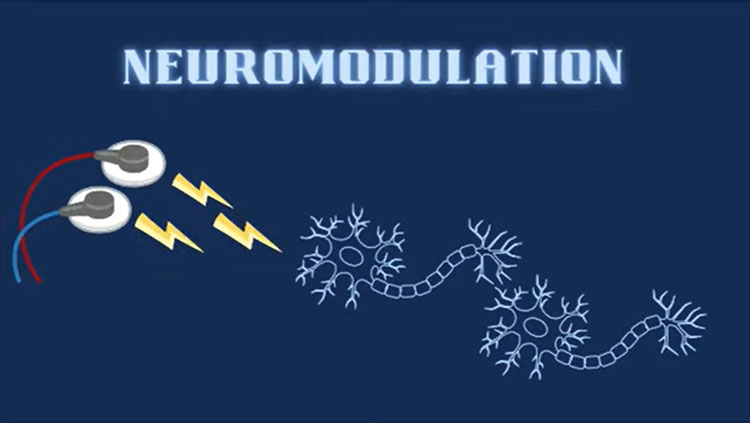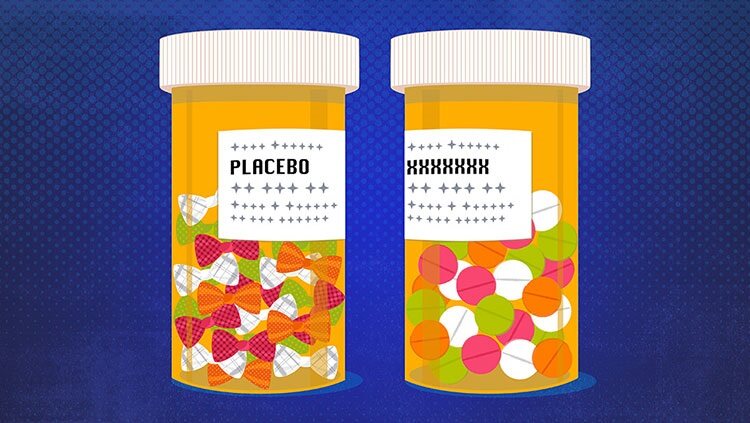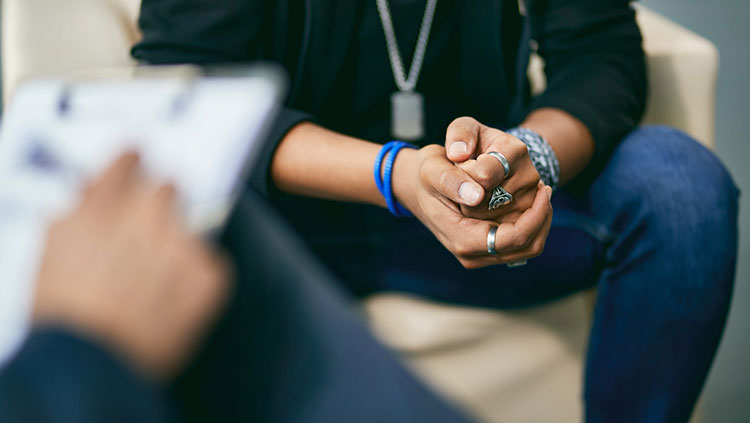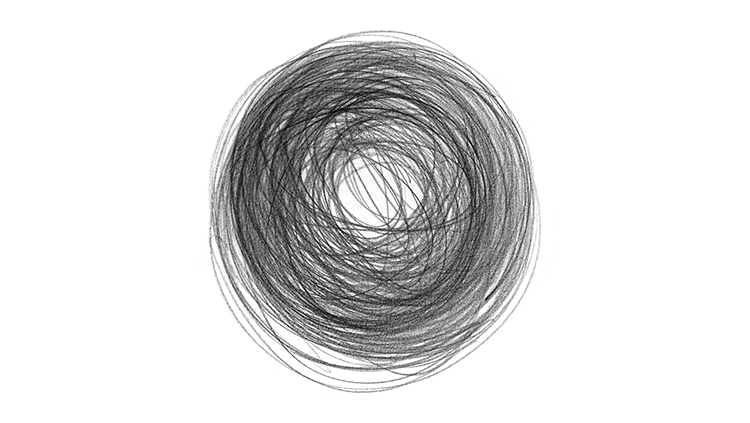Computer Device Allows Paralyzed Man to Regain Movement
- Published23 Aug 2016
- Reviewed23 Aug 2016
- Source Science Friday
Six years after an accident left him paralyzed, Ian Burkhart has regained the ability to move his hands, pinch objects, pick up bottles, even play Guitar Hero. How? Burkhart’s brain has been wired to a computer that eavesdrops on activity in his motor cortex, and understands how he wants to move. The computer then transmits signals to an armband studded with electrodes, which stimulate Ian’s muscles, allowing him to move his hand. To find out more, listen to this story from Science Friday.
Produced by Christopher Intagliata.
Ian Burkhart is a business student at Columbus State University, in Ohio. He’s a lacrosse coach, too. But back in June 2010, he took a trip that would change his life forever.
“I was on vacation with some friends of mine shortly after completing my freshman year of college. We were down in the outer banks of North Carolina, playing around in the waves. I dove into a wave that pushed me down into a sandbar. Therefore the water was much more shallow than I thought it was. At that point I had such a hard impact on my head that I broke my neck at the C5 level, and damaged my spinal cord.”
The accident left Ian unable to move much of his body, below his elbows. But now, about six years later, he’s regained the ability to move his hands, pinch objects, pick up bottles, even play Guitar Hero. How? Burkhart’s brain has been wired to a computer that eavesdrops on activity in his motor cortex, and understands how he wants to move. The computer then transmits signals to an armband studded with electrodes, which stimulate Ian’s muscles, allowing him to move his hand.
Chad Bouton, who led the research team that outfitted Burkhart with the device, explains how it works. They detail the device in the journal Nature.
Ian Burkhart wasn’t able to join us for the live radio segment (he’s on the road with his lacrosse team) so producer Christopher Intagliata interviewed him earlier this week. Here’s the full conversation, parts of which appear in the live show.
CONTENT PROVIDED BY

Science Friday
Also In Therapies
Trending
Popular articles on BrainFacts.org

















